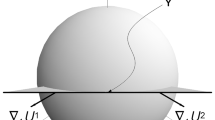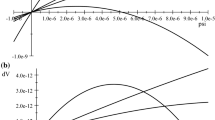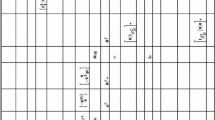Summary.
In this paper we develop a differential technique for investigating the welfare effects of financial innovation in incomplete markets. Utilizing this technique, and after parametrizing the standard competitive, pure-exchange economy by both endowments and utility functions, we establish the following (weakly) generic property: Let S be the number of states, I be the number of assets and H be the number of households, and consider a particular financial equilibrium. Then, provided that the degree of market incompleteness is sufficiently larger than the extent of household heterogeneity, S−I≥2H−1 [resp. S−I≥H+1], there is an open set of single assets [resp. pairs of assets] whose introduction can make every household better off (and, symmetrically, an open set of single assets [resp. pairs of assets] whose introduction can make them all worse off ). We also devise a very simple nonparametric procedure for reducing extensive household heterogeneity to manageable size, a procedure which not only makes our restrictions on market incompleteness more palatable, but could also prove to be quite useful in other applications involving smooth analysis.
Similar content being viewed by others
Author information
Authors and Affiliations
Additional information
Received: August 14, 1995; revised version: April 14, 1997
Rights and permissions
About this article
Cite this article
Cass, D., Citanna, A. Pareto improving financial innovation in incomplete markets. Economic Theory 11, 467–494 (1998). https://doi.org/10.1007/s001990050198
Issue Date:
DOI: https://doi.org/10.1007/s001990050198




